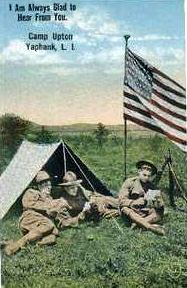
Camp Upton, LI, NY - Now Brookhaven National Laboratory (BNL)
Camp
Upton was built in 1917 as an induction and training facility
for new soldiers
who were to fight in World War I. The camp was named after
Major General
Emory Upton, a Union general in the Civil War. Between
World War
I and II, the camp was used by members of the Civilian
Conservation Corps.
Many of the trees on the site were planted by these men. The
camp was reopened
in 1940, on the eve of World War II, serving its original
purpose as a
military training ground.
In
1944, Camp Upton was used as a hospital to treat wounded
veterans of
the war. It also served as a Prisoner of War Camp, when
in May of
1945, 500 German prisoners were sent to Camp Upton.
In
1947, the camp was replaced by Brookhaven
National Laboratory, to conduct scientific research. The
lab remains
in operation to this day as a multi-program national
laboratory operated
by Brookhaven Science Associates for the U.S. Department of
Energy (DOE).
It currently staffs 3,000 scientists, engineers, technicians
and support
staff as well as over 4,000 guest researchers annually.
Brookhaven
National Laboratory has a history of outstanding scientific
achievement
that spans more than five decades. The Laboratory's research
staff has
pioneered the fields of nuclear technology, high energy
physics, medicine
and more. Brookhaven has been home to three research reactors,
numerous
one-of-a-kind particle accelerators, and other amazing
research machines.
A web-based history of Brookhaven National lab can be viewed
at - http://www.bnl.gov/bnlweb/history.html
.


Target Practice at Camp Upton |
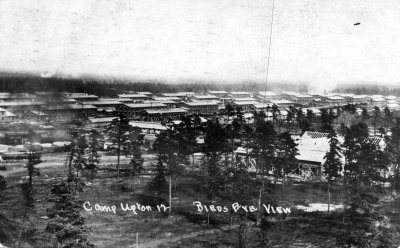 |

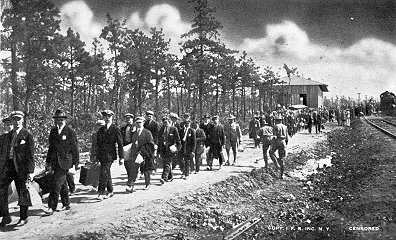 |
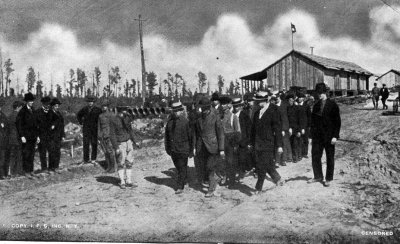 |
 |
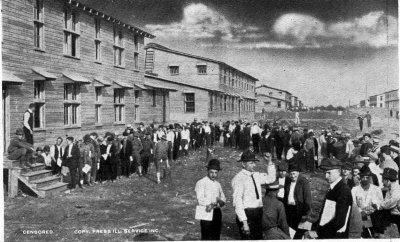 |
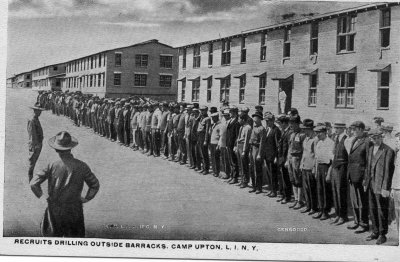 |
 |
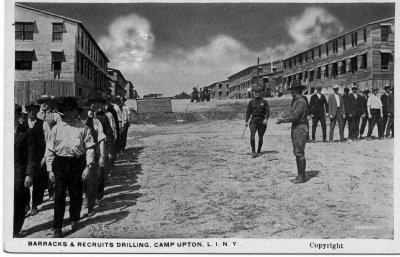 |
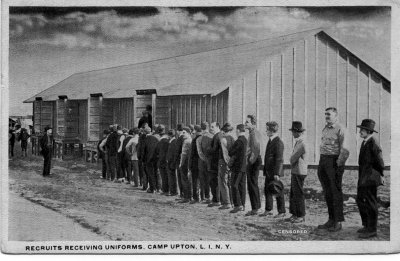 |
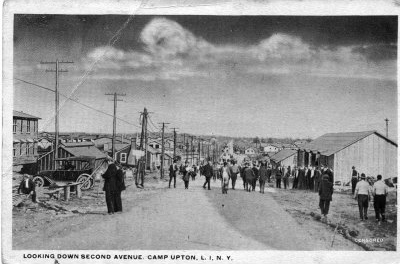 |
 |
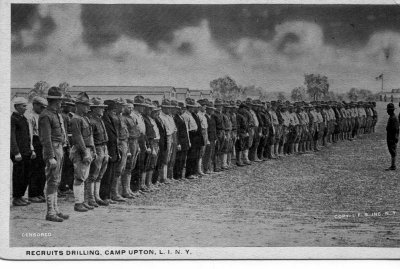 |
 |
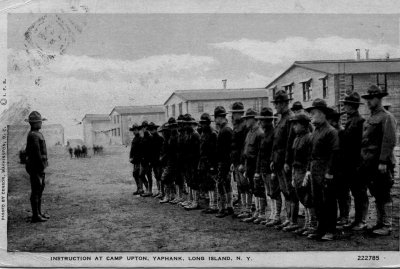 |
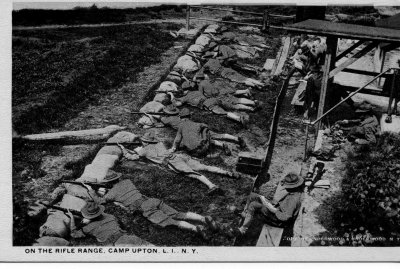 |
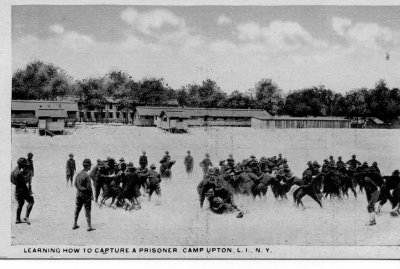 |
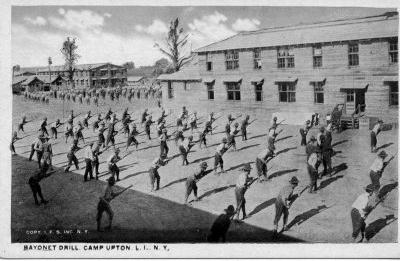 |
 |
 |
 |
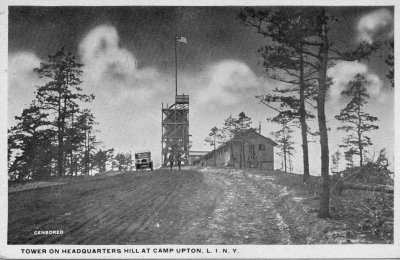 |
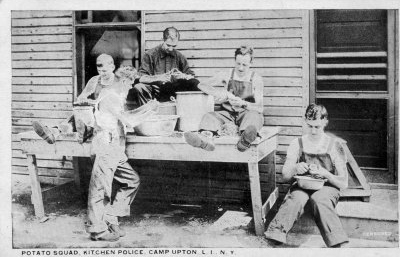 |
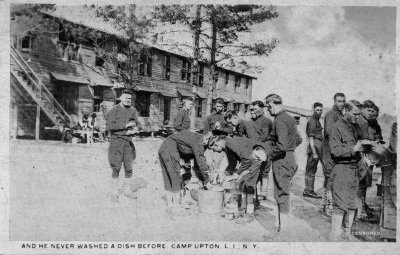 |
 |
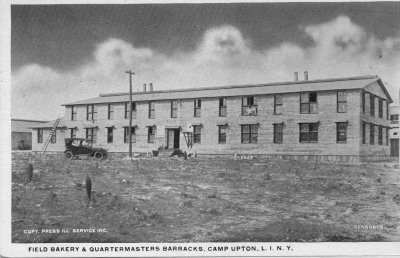 |
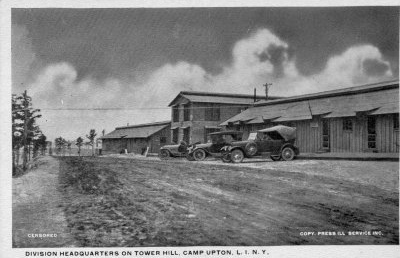 |
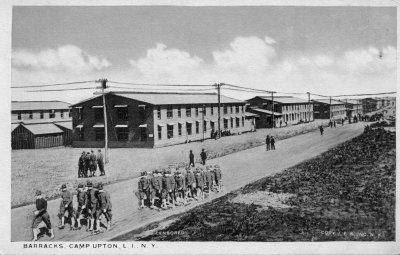 |
 |
 |
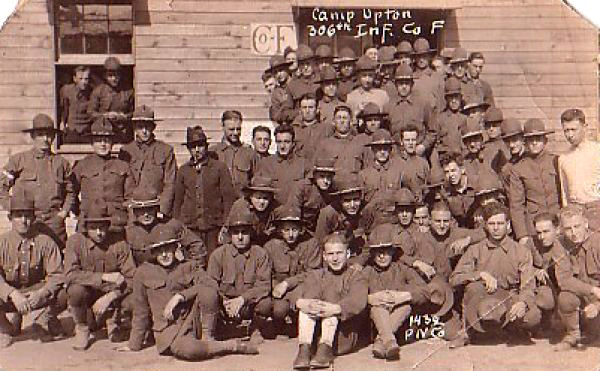 |
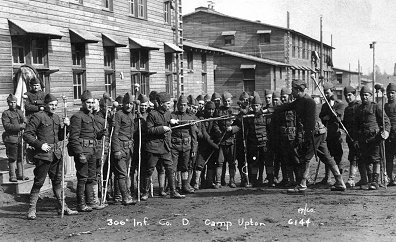 |